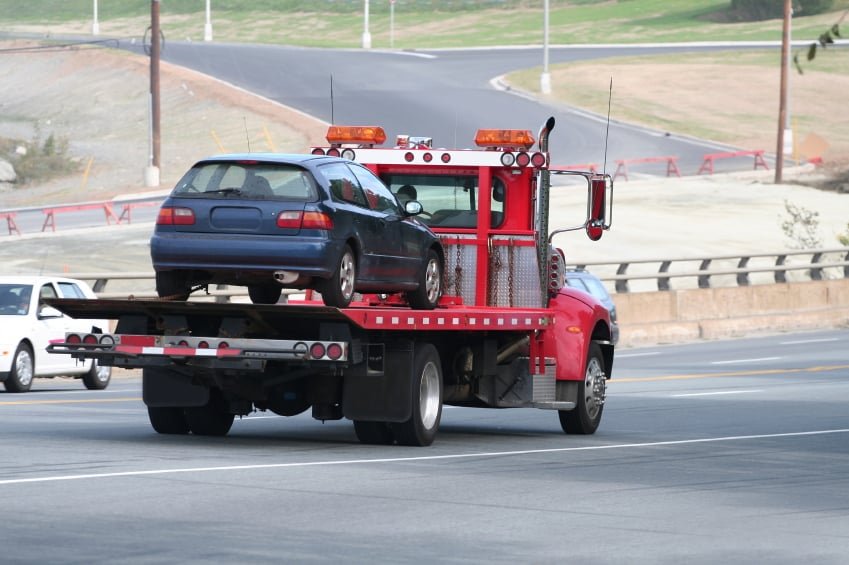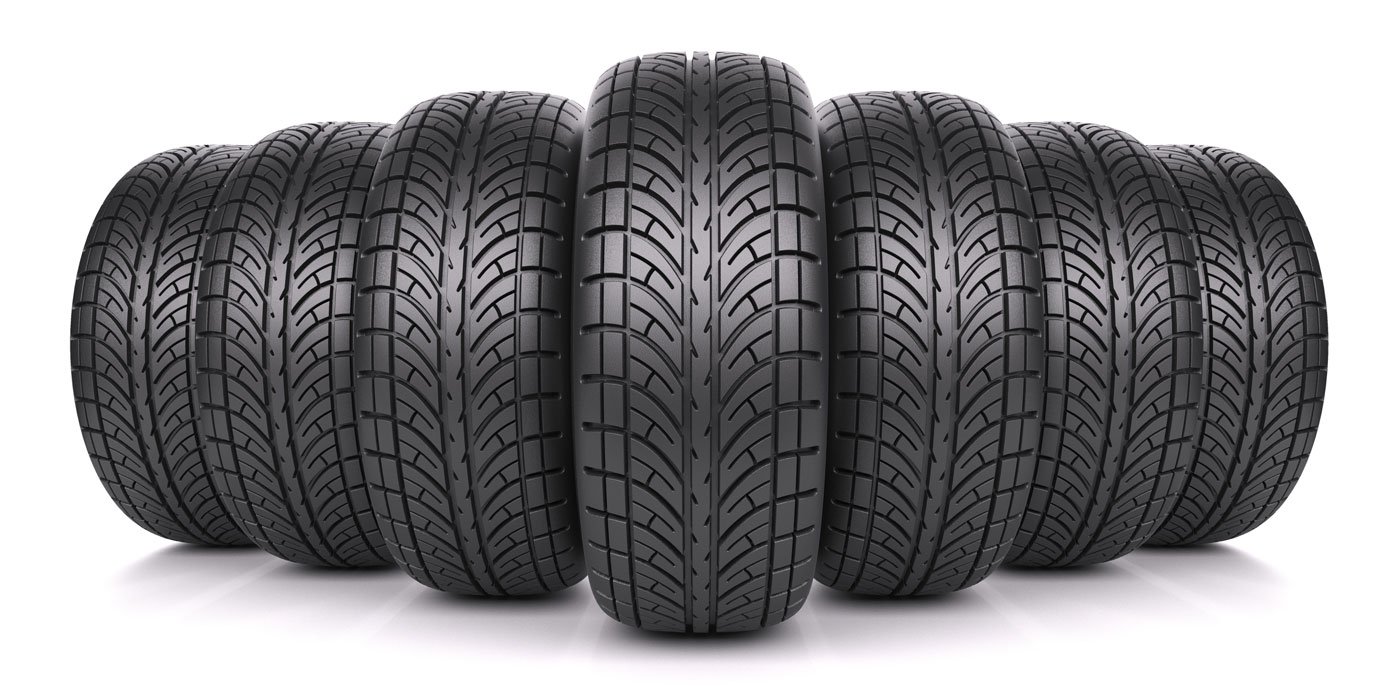If you’re looking for the best ways to keep your car running smoothly and efficiently, these tips automotive Atlanta drivers rely on can help you stay ahead of potential problems. Proper car maintenance and timely repairs not only ensure your vehicle’s longevity but also enhance safety and performance.
1. Regularly Check and Change Fluids
Fluids are your car’s lifeblood, and keeping them at the right levels is crucial. Check engine oil, brake fluid, transmission fluid, power steering fluid, coolant, and windshield washer fluid regularly. Change oil every 3,000 to 5,000 miles or as recommended by the manufacturer.
The Importance of Quality Fluids
Using high-quality fluids can prolong your vehicle’s life. Synthetic oils, premium brake fluids, and long-lasting coolants can enhance performance and reduce wear. Always use fluids recommended by your vehicle’s manufacturer to ensure compatibility.
How to Check and Top Up Fluids Safely
Always park your car on a flat surface, turn off the engine, and wait for it to cool. Use clean funnels to avoid contamination. Regularly inspect hoses for leaks and check for discoloration in fluids, which can indicate contamination.
2. Inspect Tires and Maintain Proper Pressure
Proper tire maintenance ensures safety and improves fuel efficiency. Check tire pressure monthly, rotate tires every 6,000 to 8,000 miles, and inspect for wear or damage. Maintaining proper alignment and balancing prolongs tire life.
How to Check Tire Tread Depth
Place a penny into the tread groove with Lincoln’s head facing down. If you can see the top of his head, it’s time to replace your tires. Uneven wear could indicate alignment issues.
Tips for Extending Tire Life
Avoid sudden acceleration or hard braking. Drive smoothly and avoid potholes. Store your car indoors or use tire covers when parked outside for extended periods.
3. Replace Air Filters
A clogged air filter reduces engine efficiency and fuel economy. Replace air filters every 12,000 to 15,000 miles or more frequently if you drive in dusty conditions.
Benefits of a Clean Air Filter
A clean air filter improves acceleration, increases fuel efficiency, and prolongs engine life. It helps prevent contaminants from entering the engine.
Cabin Air Filter Maintenance
Don’t forget the cabin air filter, which keeps the air inside your car fresh. Replace it every 15,000 to 20,000 miles or as recommended.
4. Keep Your Battery in Check
Check battery terminals for corrosion and clean them regularly. Ensure the battery is securely mounted, and replace it every 3-5 years. Test your battery’s charge, especially before long trips.
Signs of a Weak Battery
Slow engine cranking, dim lights, and electrical issues often signal a failing battery. Check for swelling or leaking—these are signs it’s time to replace the battery.
How to Safely Jump-Start a Car
Always connect the positive terminals first, then the negative terminals. Avoid sparks near the battery. Follow the manufacturer’s instructions to avoid damaging electrical components.
5. Listen to Unusual Sounds
Strange noises often indicate issues. Squeaking brakes, knocking engines, or unusual vibrations can be signs of trouble. Don’t ignore them—get your vehicle inspected promptly.
Diagnosing Common Car Noises
High-pitched squeals often mean worn brake pads, while knocking sounds could indicate engine problems. Rattling sounds when idling might suggest an exhaust system issue.
How to Identify and Silence Noises
Use a mechanic’s stethoscope or a hose to isolate the sound source. Note when the noise occurs (e.g., during acceleration or braking) to help diagnose the problem.
6. Maintain Brakes and Brake Pads
Check brake pads and rotors regularly. Replace worn pads immediately to avoid damaging the rotors. Regular brake inspections can prevent costly repairs and ensure safety.
Tips for Brake Maintenance
Flush brake fluid every two years to maintain brake performance. Listen for grinding or squeaking noises, which could signal worn pads.
Understanding Brake Pad Wear
Aggressive driving can accelerate brake pad wear. Opt for high-quality brake pads for durability and better performance.
7. Check Belts and Hoses
Inspect belts and hoses for cracks, leaks, or wear. Replace them if needed to avoid breakdowns and engine damage.
Signs of Wear in Belts and Hoses
If belts are fraying, glazing, or squealing, it’s time to replace them. Soft or brittle hoses often indicate wear and can lead to leaks.
How to Prolong Belt and Hose Life
Avoid spills on belts and hoses, and check them regularly. Proper tension is crucial—loose belts can cause components to malfunction.
8. Regularly Wash and Wax Your Car
Washing your car protects the paint from dirt, grime, and rust. Waxing every 3-6 months keeps your vehicle shiny and adds a protective layer against UV rays.
Advanced Car Detailing Tips
Use clay bars to remove embedded contaminants. Apply ceramic coatings for enhanced protection and shine. Regular detailing keeps your car looking brand new.
9. Follow the Manufacturer’s Maintenance Schedule
Adhering to the manufacturer’s maintenance schedule is vital for keeping your car in top shape. Refer to your owner’s manual for guidelines on oil changes, filter replacements, and inspections.
The Value of Preventive Maintenance
Regular inspections can catch minor issues before they become costly repairs. Proper maintenance can also enhance fuel efficiency and vehicle longevity.
10. DIY vs. Professional Repairs
While DIY car maintenance can save money, complex repairs are best left to professionals. For serious issues, consult a certified mechanic to avoid causing further damage.
When to Call a Professional
If the repair involves complex electronics, engine components, or safety systems, always consult a professional. Attempting complex repairs without expertise can lead to costly mistakes.
Final Thoughts
By following these automotive tips, you can keep your car running smoothly, avoid costly repairs, and ensure safe travels. Stay proactive, and your car will thank you for it! Proper care, maintenance, and attention to detail are the keys to a reliable and long-lasting vehicle.
















Leave a Reply